Daily Flyer - April 24, 2025
A voice of Ukraine to the West

Russia launched a mass missile and drone attack on Kyiv that killed twelve and injured 90

Russian forces launched 215 missiles of various types and drones on Ukraine on the night of 23-24 April, with the main impact falling on Kyiv. Ukrainian air defence units have shot down 112 Russian aerial assets, while F-16 and Mirage fighter jets have been actively involved in repelling the Russian attack.
Twelve people were killed and 90 injured, including at least six children, in a massive Russian missile and drone attack on Kyiv overnight on April 24, Ukrainian officials reported. Earlier, nine fatalities were announced, but the Prosecutor General's Office later confirmed eight.

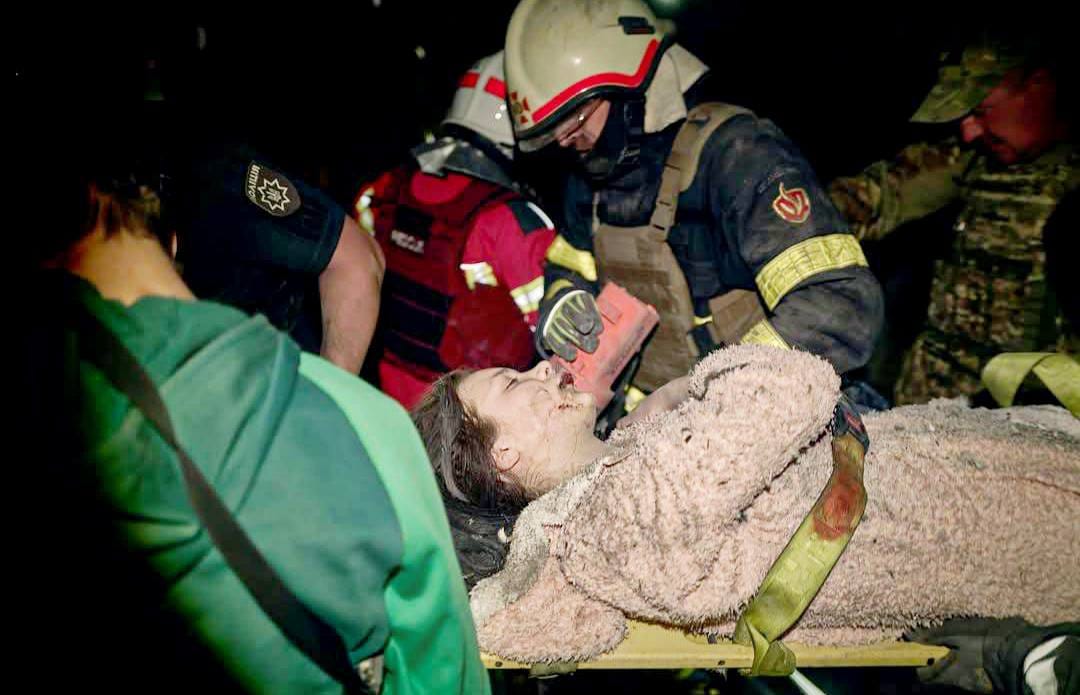
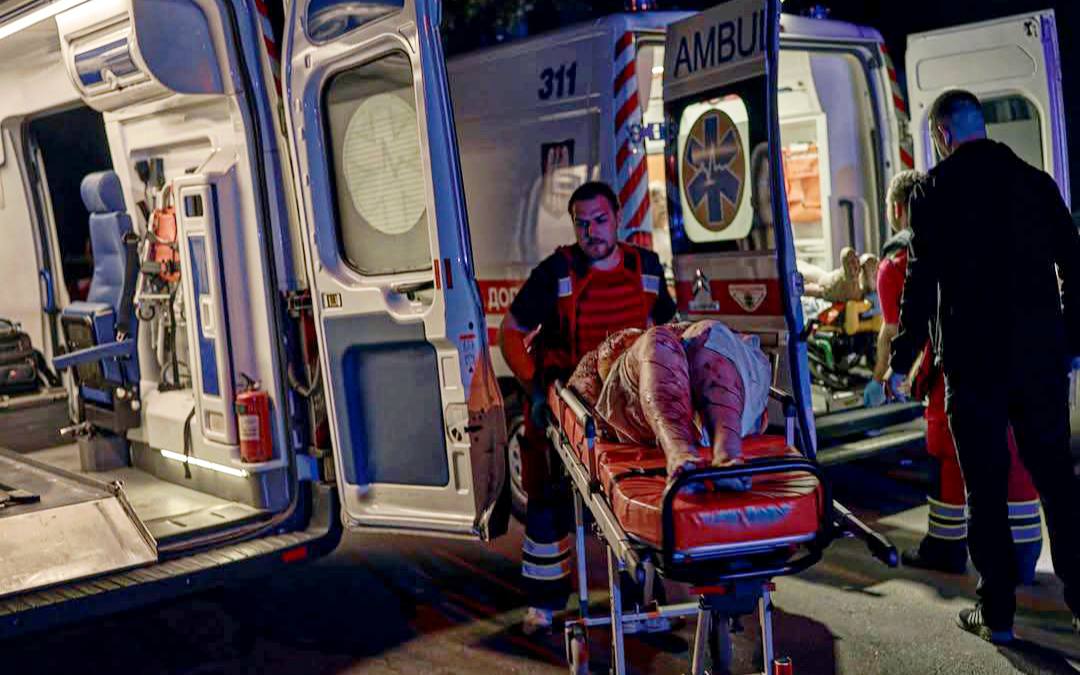
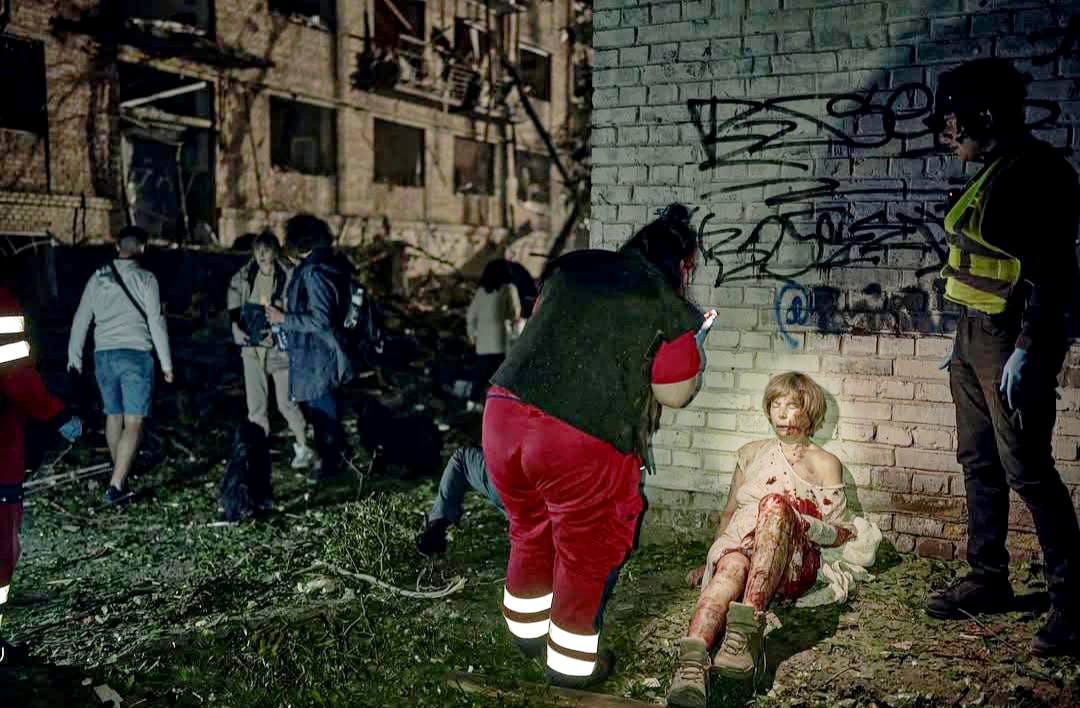
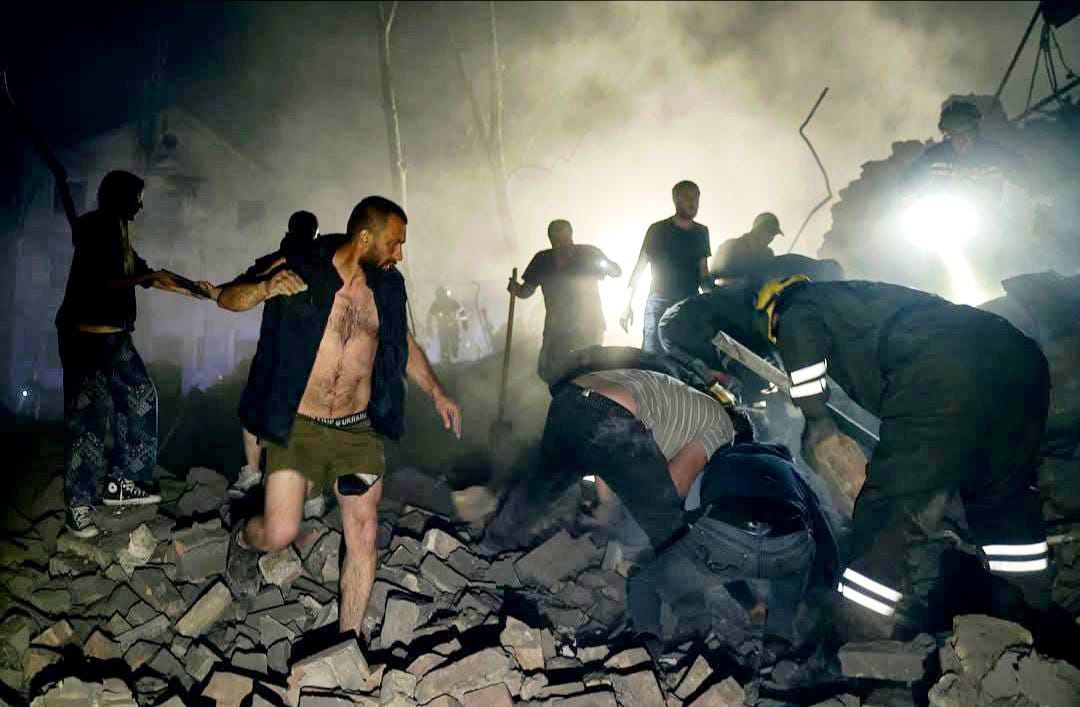
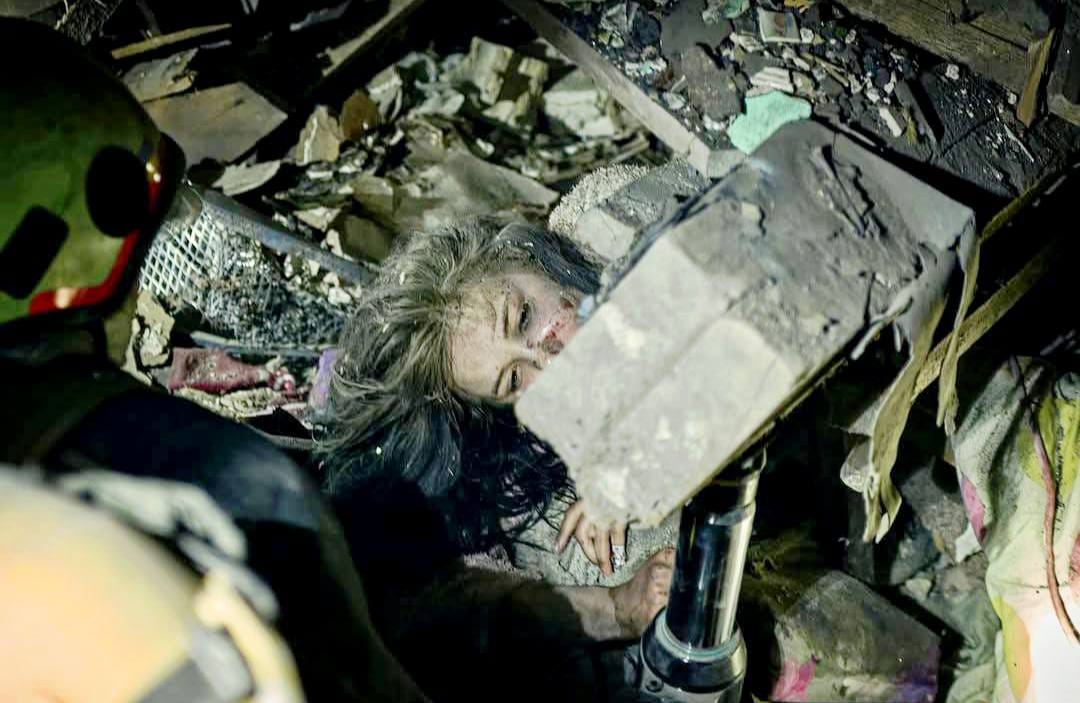
Explosions rocked Kyiv around 1 a.m. and again at 4 a.m., as Russia launched a wave of cruise and ballistic missiles, along with drones. Fires broke out in residential areas, and debris damaged buildings, cars, and commercial sites. Thirty-one people remain hospitalized, and at least two children are missing.
Mayor Vitali Klitschko said a pregnant woman was among the injured, and rescue operations were still ongoing. The attack came shortly after Russia demanded Ukraine recognize its claims over four occupied oblasts and end Western military cooperation.
Other regions hit included Zhytomyr, Dnipropetrovsk, Kharkiv, Poltava, Khmelnytskyi, Sumy, and Zaporizhzhia. In response, Poland scrambled fighter jets to protect its airspace.
Ukraine has agreed to a proposed 30-day U.S. ceasefire plan, pending Russia’s acceptance.
Russia improves the tactics of its deadly blows with drones
Russian forces are improving drone strike tactics to bypass Ukraine’s defenses, according to the Institute for the Study of War (ISW). On April 21, Russian troops reportedly used high-speed Geran-3 kamikaze drones—analogous to Iran’s Shahed-238—to strike Odesa. These drones may be equipped with compact turbojet engines and flew at higher altitudes than previous models, helping avoid detection by mobile air defense units.
Milbloggers claim that multiple drones were launched from various directions, loitered near the target while receiving intel from other UAVs, and then struck simultaneously from multiple angles. Similar tactics were observed in other Ukrainian cities in March and April.
It remains unclear whether the Geran-3 drones used on April 21 are newly modified or if the change lies purely in tactical deployment.
Ukraine’s Center for Disinformation noted an increase in Geran-3 production and the use of "swarm" tactics. Russia previously began domestic production of Shahed-131/136 using Iranian components, and Geran-3 drones have been in production since early 2024.
ISW also cites reports that Russia may be arming drones with banned chemical agents like chlorobenzylidene malononitrile, which could harm civilians and soldiers even after drones are downed.
Russia’s evolving drone strategy, including increased numbers, higher altitudes, and chemical payloads, is likely a response to the proven effectiveness of Ukraine’s mobile air defense systems.
Kremlin claims sending peacekeepers to Ukraine will lead to World War III
Kremlin spokesperson Dmitry Peskov said on April 24 that Russia sees the potential deployment of Western peacekeeping forces in Ukraine as “absolutely unacceptable,” calling it a major threat to both European and global security.
His comments followed remarks by Sergei Shoigu, Russia’s former defense minister and current Secretary of the Security Council. Shoigu warned that placing foreign troops in what he called “historically Russian territories” could trigger a direct NATO-Russia confrontation and possibly World War III.
Shoigu also claimed that Western nations are preparing for war with Russia, suggesting European leaders are planning to be fully ready for conflict by 2030.
Both officials echoed long-standing Russian narratives portraying NATO involvement in Ukraine as an existential threat.

